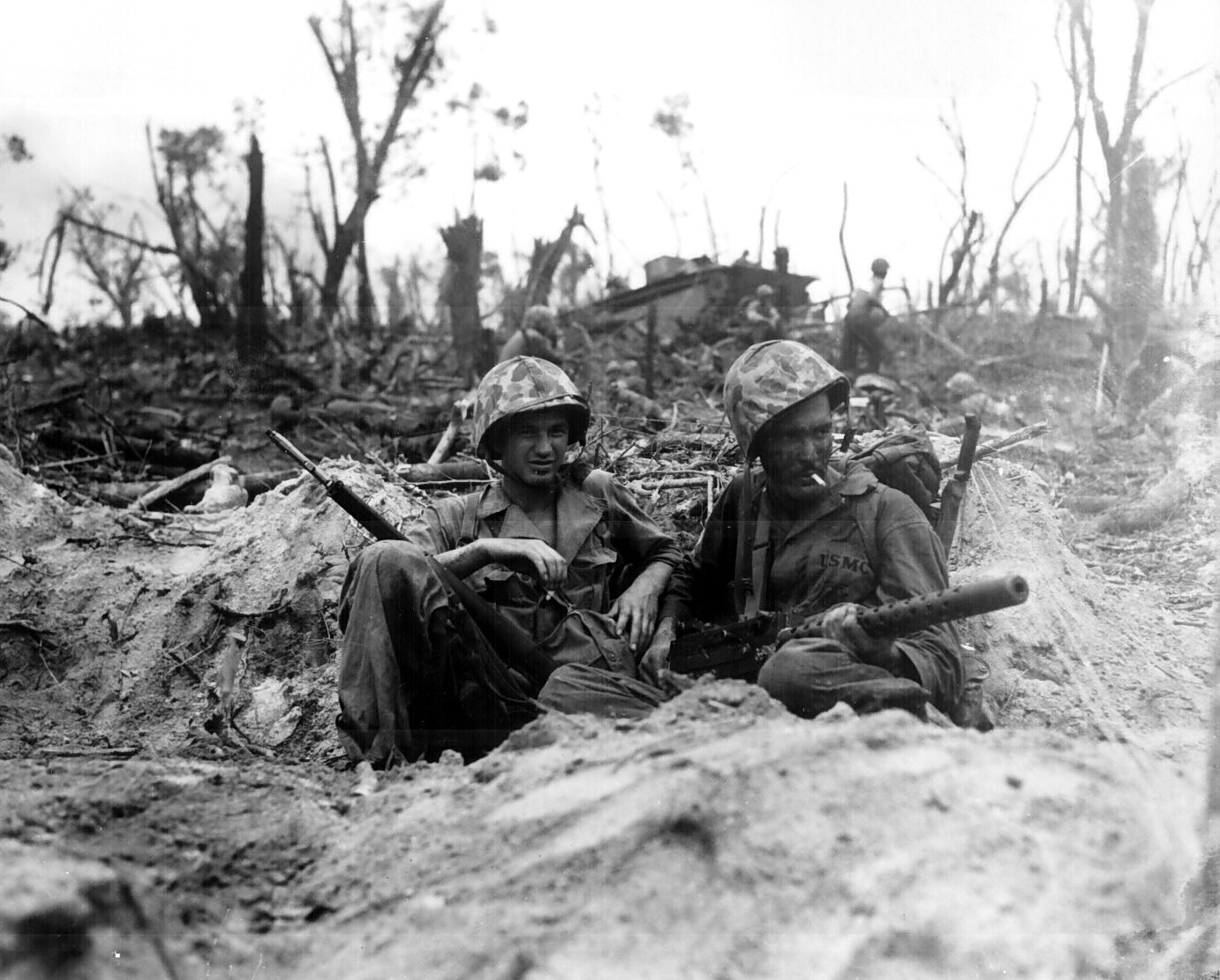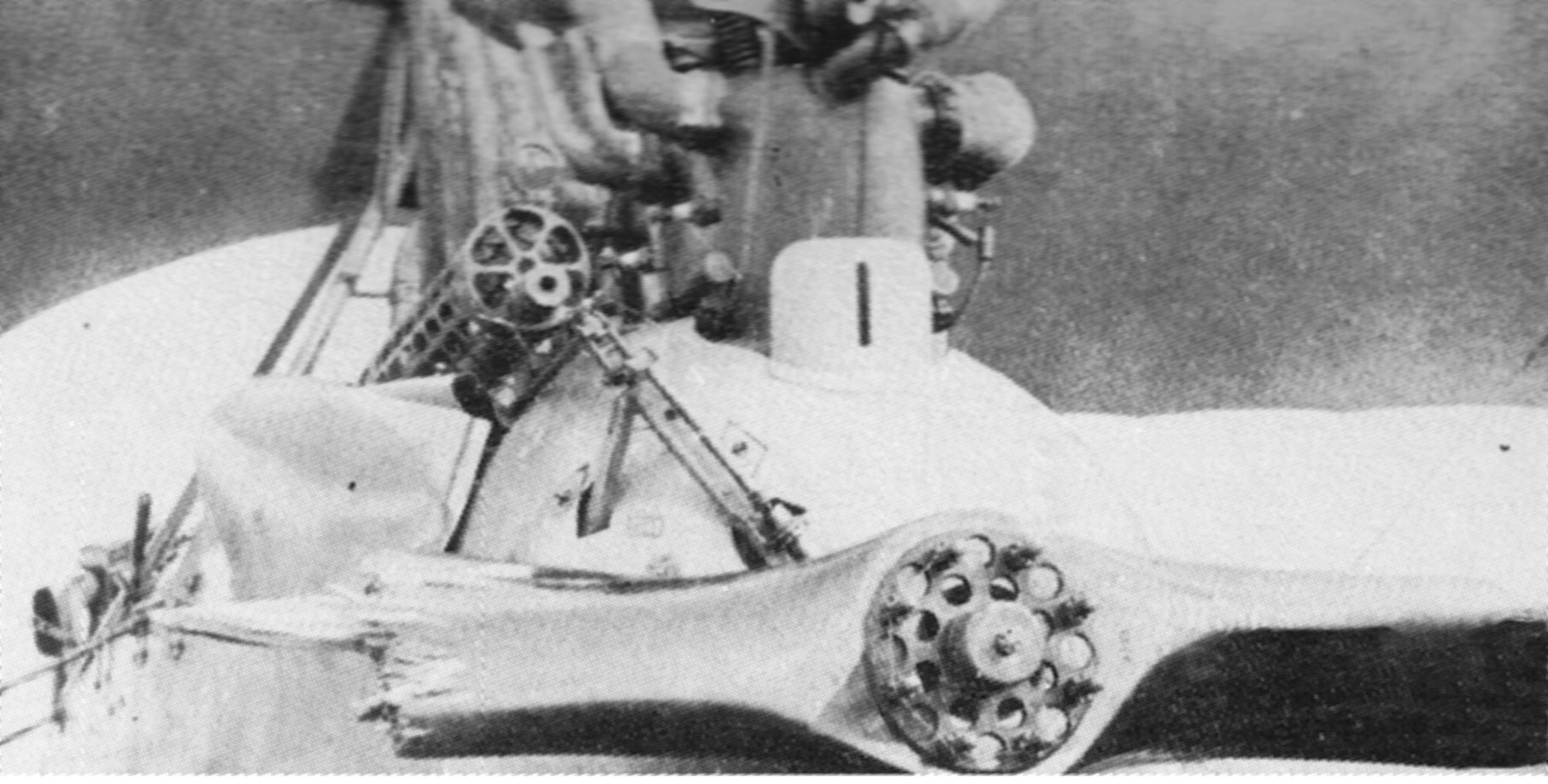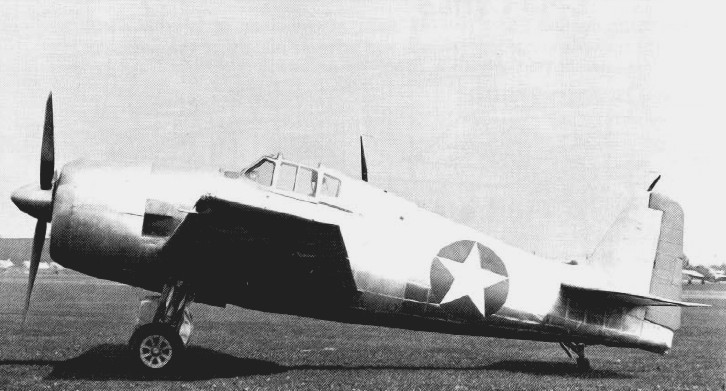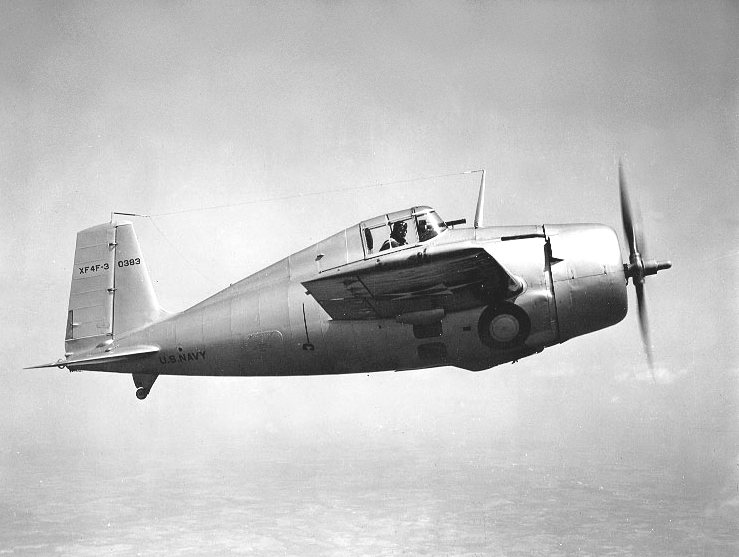|
Grumman TBF Avenger
The Grumman TBF Avenger (designated TBM for aircraft manufactured by General Motors) is an American World War II-era torpedo bomber developed initially for the United States Navy and Marine Corps, and eventually used by several air and naval aviation services around the world. The Avenger entered U.S. service in 1942, and first saw action during the Battle of Midway. Despite the loss of five of the six Avengers on its combat debut, it survived in service to become the most effective submarine killer and most widely-used torpedo bomber of World War II, sharing credit for sinking the super-battleships and and being credited for sinking 30 submarines. Greatly modified after the war, it remained in use until the 1960s.Wheeler 1992, p. 53. From 1942-on, production of the Avenger (in fact nearly three quarters of its the total production) was subcontracted to a purposely established division of General Motors: the Eastern Aircraft Division. Design and development The Dougl ... [...More Info...] [...Related Items...] OR: [Wikipedia] [Google] [Baidu] |
WikiProject Aircraft
A WikiProject, or Wikiproject, is an affinity group for contributors with shared goals within the Wikimedia movement. WikiProjects are prevalent within the largest wiki, Wikipedia, and exist to varying degrees within Wikimedia project, sibling projects such as Wiktionary, Wikiquote, Wikidata, and Wikisource. They also exist in different languages, and translation of articles is a form of their collaboration. During the COVID-19 pandemic, CBS News noted the role of Wikipedia's WikiProject Medicine in maintaining the accuracy of articles related to the disease. Another WikiProject that has drawn attention is WikiProject Women Scientists, which was profiled by ''Smithsonian Magazine, Smithsonian'' for its efforts to improve coverage of women scientists which the profile noted had "helped increase the number of female scientists on Wikipedia from around 1,600 to over 5,000". On Wikipedia Some Wikipedia WikiProjects are substantial enough to engage in cooperative activities with outsi ... [...More Info...] [...Related Items...] OR: [Wikipedia] [Google] [Baidu] |
TBM On USS Randolph 1945
TBM may refer to: * Technology business management, a methodology for managing IT departments * Socata TBM, a family of single engine turboprop aircraft * Tactical ballistic missile * Tambaram railway station, Chennai, Tamil Nadu, India (Southern Railway station code) * Theatre ballistic missile * Grumman TBM Avenger, a torpedo bomber * Tracheobronchomalacia, a condition affecting the trachea * Transferable belief model, a mathematical theory on uncertainty * Tunnel boring machine, used to excavate tunnels with a circular cross section * Transports Bordeaux Métropole, a French public transport system * Trailing bit manipulation, a type of bit manipulation instruction set * '' Tuberculomucin Weleminsky'', a treatment for tuberculosis * tert-Butylthiol, also known as ''tert''-butyl mercaptan * Tritium breeding module of a fusion power reactor Music and entertainment: * The Birthday Massacre, a Canadian synth-rock band * The Beautiful Music, a Canadian indie record label * T ... [...More Info...] [...Related Items...] OR: [Wikipedia] [Google] [Baidu] |
M2 Browning
The M2 machine gun or Browning .50-caliber machine gun (informally, "Ma Deuce") is a heavy machine gun that was designed near the end of World War I by John Browning. While similar to Browning's M1919 Browning machine gun, which was chambered for the .30-06 Springfield, .30-06 cartridge, the M2 uses Browning's larger and more powerful .50 BMG (12.7 mm) cartridge. The design has had many designations; the official U.S. military designation for the infantry type is Browning Machine Gun, Cal. .50, M2, HB, Flexible. It has been used against infantry, light armored vehicles, watercraft, light fortifications, and low-flying aircraft. The gun has been used extensively as a vehicle weapon and for aircraft armament by the United States since the 1930s. It was heavily used during World War II, the Korean War, the Vietnam War, the Falklands War, the Soviet–Afghan War, the Gulf War, the Iraq War, and the War in Afghanistan (2001–present), War in Afghanistan. It is the primary heavy mac ... [...More Info...] [...Related Items...] OR: [Wikipedia] [Google] [Baidu] |
M1919 Browning Machine Gun
The M1919 Browning is a .30-06 Springfield, .30 caliber medium machine gun that was widely used during the 20th century, especially during World War II, the Korean War, and the Vietnam War. The M1919 saw service as a light infantry, coaxial weapon, coaxial, mounted, aircraft, and anti-aircraft machine gun by the U.S and many other countries. The M1919 was an air-cooled development of the standard U.S. machine gun of World War I, the John Browning, John M. Browning-designed water-cooled M1917 Browning machine gun, M1917. The emergence of general-purpose machine guns in the 1950s pushed the M1919 into secondary roles in many cases, especially after the arrival of the M60 machine gun, M60 in US Army service. The United States Navy also converted many to 7.62 mm NATO and designated them Mk 21 Mod 0; they were commonly used on riverine craft in the 1960s and 1970s in Vietnam. Many NATO countries also converted their examples to 7.62 mm caliber, and these remained in service well ... [...More Info...] [...Related Items...] OR: [Wikipedia] [Google] [Baidu] |
Synchronization Gear
A synchronization gear (also known as a gun synchronizer or interrupter gear) was a device enabling a single-engine tractor configuration aircraft to fire its forward-firing armament through the arc of its spinning Propeller (aeronautics), propeller without bullets striking the blades. This allowed the aircraft, rather than the gun, to be aimed at the target. There were many practical problems, mostly arising from the inherently imprecise nature of an automatic gun's firing, the great (and varying) velocity of the blades of a spinning propeller, and the very high speed at which any gear synchronizing the two had to operate. In practice, all known gears worked on the principle of actively triggering each shot, in the manner of a semi-automatic weapon. Design and experimentation with gun synchronization had been underway in French Third Republic, France and German Empire, Germany in 1913–1914, following the ideas of August Euler, who seems to have been the first to suggest mounti ... [...More Info...] [...Related Items...] OR: [Wikipedia] [Google] [Baidu] |
Wright R-2600
The Wright R-2600 Cyclone 14 (also called Twin Cyclone) is an American radial engine developed by Curtiss-Wright, and widely used in aircraft in the 1930s and 1940s. History In 1935, Curtiss-Wright began work on a more powerful version of their successful R-1820 Cyclone 9. The result was the R-2600 Twin Cyclone, with 14 cylinders arranged in two rows. The R-2600-3 was originally intended for the C-46 Commando (being fitted to the prototype CW-20A). It was also the original engine choice for the F6F Hellcat; a running change (one which would not stop production) for the CW-20A, and one in late April 1942 for the second XF6F-1, led to the adoption of the Pratt & Whitney R-2800 Double Wasp in the R-2600's place for both designs. The Twin Cyclone went on to power several important American World War II aircraft, including the A-20 Havoc, B-25 Mitchell, TBF Avenger, SB2C Helldiver, and the PBM Mariner. Over 50,000 R-2600s were built at plants in Paterson, New Jersey, and Cin ... [...More Info...] [...Related Items...] OR: [Wikipedia] [Google] [Baidu] |
Aircraft Engine
An aircraft engine, often referred to as an aero engine, is the power component of an aircraft propulsion system. Aircraft using power components are referred to as powered flight. Most aircraft engines are either piston engines or gas turbines, although a few have been rocket powered and in recent years many small UAVs have used electric motors. Manufacturing industry The largest manufacturer of turboprop engines for general aviation is Pratt & Whitney. General Electric announced in 2015 entrance into the market. Development history * 1903: Manly-Balzer engine sets standards for later radial engines. * 1910: Coandă-1910, an unsuccessful ducted fan aircraft exhibited at Paris Aero Salon, powered by a piston engine. The aircraft never flew, but a patent was filed for routing exhaust gases into the duct to augment thrust. * 1914: Auguste Rateau suggests using exhaust-powered compressor – a turbocharger – to improve high-altitude performance; not accepted after the ... [...More Info...] [...Related Items...] OR: [Wikipedia] [Google] [Baidu] |
Grumman F6F Hellcat
The Grumman F6F Hellcat is an American Carrier-based aircraft, carrier-based fighter aircraft of World War II. Designed to replace the earlier Grumman F4F Wildcat, F4F Wildcat and to counter the Japanese Mitsubishi A6M Zero, it was the United States Navy's dominant fighter in the second half of the Pacific War. In gaining that role, it prevailed over its faster competitor, the Vought F4U Corsair, which initially had problems with visibility and carrier landings. Powered by a Pratt & Whitney R-2800 Double Wasp, the same powerplant used for both the Corsair and the United States Army Air Forces (USAAF) Republic P-47 Thunderbolt fighters, the F6F was an entirely new design, but it still resembled the Wildcat in many ways. Some military observers tagged the Hellcat as the "Wildcat's big brother".Sullivan 1979, p. 4. The F6F made its combat debut in September 1943. It subsequently established itself as a rugged, well-designed carrier fighter, which was able to outperform the A6M Zer ... [...More Info...] [...Related Items...] OR: [Wikipedia] [Google] [Baidu] |
Grumman Sto-Wing
A folding wing is a wing configuration design feature of aircraft to save space and is typical of carrier-based aircraft that operate from the limited deck space of aircraft carriers. The folding allows the aircraft to occupy less space in a confined hangar because the folded wing normally rises over the fuselage decreasing the floor area of the aircraft. Vertical clearance is also limited in aircraft carrier hangar decks. In order to accommodate for this, some aircraft such as the Supermarine Seafire and Fairey Gannet have additional hinges to fold the wingtips downward, while others such as the A-5 Vigilante and S-3 Viking have folding tails. The F-14 Tomcat's variable-sweep wings could be "overswept" to occupy less space. History Short Brothers, the world's first aircraft manufacturer, developed and patented folding wing mechanisms for biplane ship-borne aircraft like their Short Folder, the first patent being granted in 1913. The Folder's biplane wings were hinged so that ... [...More Info...] [...Related Items...] OR: [Wikipedia] [Google] [Baidu] |
Grumman F4F Wildcat
The Grumman F4F Wildcat is an American carrier-based A carrier-based aircraft (also known as carrier-capable aircraft, carrier-borne aircraft, carrier aircraft or aeronaval aircraft) is a naval aircraft designed for operations from aircraft carriers. Carrier-based aircraft must be able to launch ... fighter aircraft that entered service in 1940 with the United States Navy, and the British Royal Navy where it was initially known as the Martlet. First used by the British in the North Atlantic, the Wildcat was the only effective fighter available to the United States Navy and Marine Corps in the Pacific Theater during the early part of the Second World War. The disappointing Brewster Buffalo was withdrawn in favor of the Wildcat and replaced as aircraft became available. With a top speed of , the Wildcat was outperformed by the faster [], more maneuverable, and longer-ranged Mitsubishi A6M Zero. US Navy pilots, including John Thach, John "Jimmy" Thach, a pioneer of fighter t ... [...More Info...] [...Related Items...] OR: [Wikipedia] [Google] [Baidu] |
Brentwood, New York
Brentwood is a Hamlet (New York), hamlet in the Islip, New York, Town of Islip in Suffolk County, New York, Suffolk County, on Long Island, in New York (state), New York, United States. The population was 62,387 at the 2020 Census, making it the most populous CDP in Suffolk County and on all of Long Island outside of New York City. History Early history In 1844, the area was established as Thompson Station and Suffolk Station, two new stations on the expansion of the Main Line (Long Island Rail Road), Main Line of the Long Island Rail Road. On March 21, 1851, it became the utopian community named Socialist Community of Modern Times, Modern Times. The colony was established on of land by Josiah Warren and Stephen Pearl Andrews. In 1864, it was renamed Brentwood after the town of Brentwood, Essex, in England. By contract, all the land in the colony was bought and sold at cost, with being the maximum allowable lot size. The community was said to be based on the idea of self-owne ... [...More Info...] [...Related Items...] OR: [Wikipedia] [Google] [Baidu] |
Leroy Grumman
Leroy Randle "Roy" Grumman (4 January 1895 – 4 October 1982) was an American aeronautical engineer, test pilot, and industrialist. In 1929, he co-founded Grumman Aircraft Engineering Co., later renamed Grumman Aerospace Corporation, and now part of Northrop Grumman."The Embattled Farmers." ''Time'', 11 September 1944. Retrieved: 17 March 2009. Early life Grumman was born in . His forebears had Connecticut roots and owned a brewery. When he was a child, his father, George Tyson Grumman, owned and operated a carriage shop, and later worked for the post office.[...More Info...] [...Related Items...] OR: [Wikipedia] [Google] [Baidu] |








